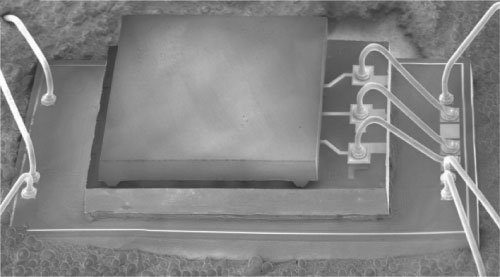Editor’s note: The following is a Sand 9 white paper discussing the evolution of MEMS technology in our industry as it relates to timing devices. Quartz has dominated the industry until recently. Electrostatic and piezoelectric MEMS now seriously compete to displace quartz in many applications with improved overall tolerance across all frequencies. PSRR in a MEMS differential clock vs. quartz is better over frequency.
Jitter and reliability also have MEMS as a winner in those categories. Read on about the market changes with this exciting technology using MEMS.The classic crystal oscillator, using a quartz resonator as its core element, has served the electronics industry well for almost 100 years. But this is a market ready for disruption, and quartz is facing challenges from an alternative approach based on MEMS (micro-electromechanical systems) resonator technology.
Within the MEMS industry, there are two different technologies competing to displace quartz —one based upon electrostatic actuation, and the other based upon piezoelectric actuation. Understanding the pros and cons of each approach starts with acknowledging the technical challenge with displacing quartz.
The MEMS challenge
The broad benefit of MEMS technology is that it will allow high-volume, small-package technology and batch semiconductor manufacturing to replace the complex manufacturing processes associated with quartz. Since the final product is a silicon die, MEMS can be co-packaged (overmolded) with associated ICs, enabling further benefits in manufacturability, size, compatibly, ease-of-use, and, of course, lower total system cost. Finally, MEMS is more immune to shock, vibration, and electromagnetic interference (EMI) than quartz; can be designed to be free of “activity dips”; and can support operating temperature ranges beyond -40°C to +85°C.
However, quartz timing devices have a long and successful history. It is a mature, highly refined technology with a key advantage that MEMS devices must overcome: quartz material is inherently very stable versus temperature, an important consideration for a device that must operate over a typical temperature range of -40°C to +85°C. In contrast, silicon is at the core of a MEMS device and is a material that softens with temperature, leading to shifts in frequency—a critical parameter—that is not acceptable in many applications.
For more detail: Quartz oscillators make way for MEMS

